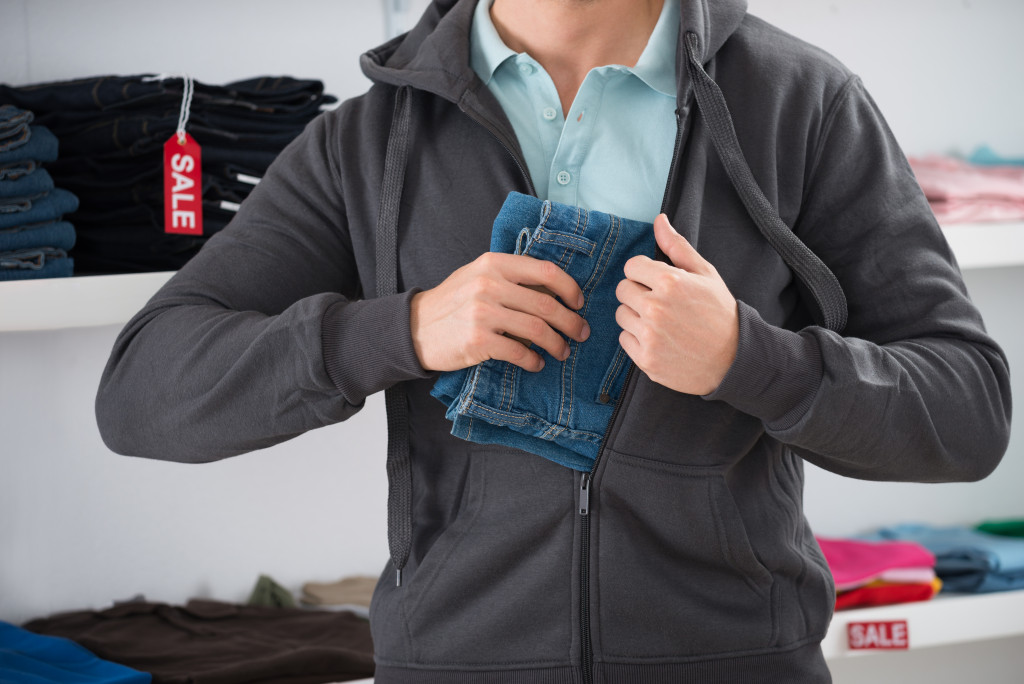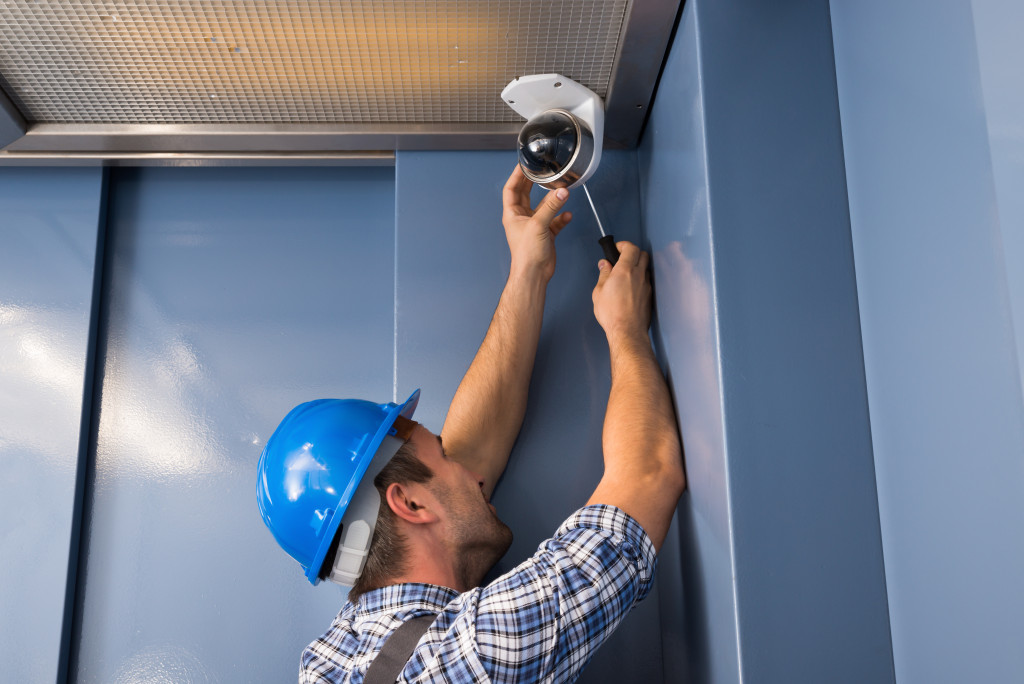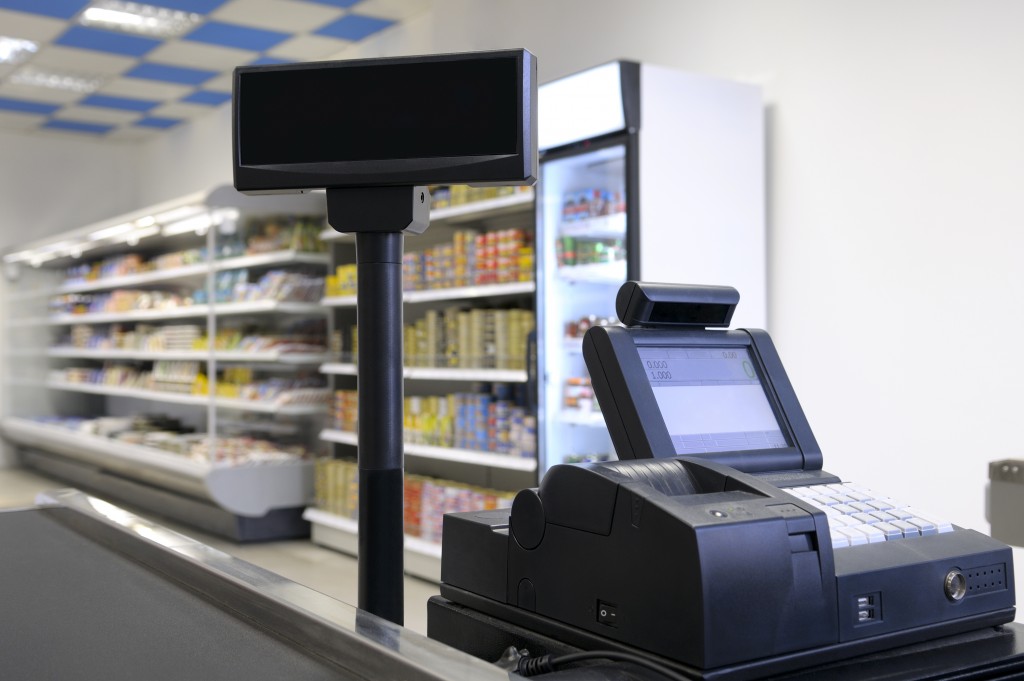- Shoplifting costs the US economy $94 billion annually and causes significant revenue loss for retail stores.
- Shoplifting impacts stores through stolen merchandise, increased security costs, legal fees, damaged reputation, and low staff morale.
- CCTV systems and video analytics technology can help identify and deter potential shoplifters in stores.
- Electronic Article Surveillance (EAS) tags alert staff to thefts by setting off alarms when deactivated.
- Staff training can enable employees to identify potential shoplifting behaviors and respond promptly and appropriately.
Shoplifting is a common problem for many retail stores. While it may seem minor, it can significantly impact your bottom line. Shoplifting can lead to lost revenue, increased costs, and decreased profitability. Here’s what you need to know about shoplifting, how your retail store is losing money, and how to deal with it.
Shoplifting in The U.S.
It’s estimated that the economy loses about $94 billion from shoplifting each year in the United States. Additionally, approximately 26 million adults shoplift from stores annually. While these are large numbers, several prevention strategies can help reduce incidents and losses at your store.
Impact on Your Store
Shoplifting can have various impacts on your store. Here are some of them:

1. Stolen Merchandise and Inventory Shrinkage
Shoplifting can result in stolen merchandise and inventory shrinkage, ultimately affecting your store’s profitability. According to the National Retail Federation, retail stores lost over $61 billion due to shoplifting and theft in 2019. Unsurprisingly, many retail stores pass on the losses from shoplifting to their customers, which can lead to higher prices.
2. Time and Resources
Shoplifting can also increase time and resources to prevent and address the issue. For instance, retailers may have to add additional staff to monitor their stores, install new security measures such as security cameras or electronic article surveillance (EAS) tags, or hire security personnel, which can be costly.
3. Legal Fees and Fines
Retail stores victimized by shoplifting may have to pay legal fees and fines if they pursue prosecution of shoplifters. Some states may have different policies and laws regarding this, so it is essential to do some research. Nonetheless, typically, retailers may pursue legal action over stolen goods. This can result in additional costs, particularly for small businesses.
4. Brand Reputation
Shoplifting incidents can significantly damage the reputation of your business. Customers are paying more attention to where they shop and will notice any security issues with the store or if there is a potential for theft. If your store is not secure enough, customers will have second thoughts about returning, which leads to a decrease in revenue.
5. Employee Morale
If the store faces a lot of shoplifting incidents all the time, it can take a toll on employee morale. Retailers may add additional security to decrease the amount of shoplifting. However, employees may feel it is unnecessary, and the ‘security’ is only because they are seen as incompetent or incapable of handling the issue. This could lead to employees feeling undervalued and quitting or not putting forward their fullest potential on the job.
Ways to Deal With Shoplifting
There are various ways you can deal with shoplifting in your store. Here are four effective ways:

CCTVs
CCTV (closed-circuit television) can be an effective way to stop and deter shoplifters. Installing CCTV cameras in your store allows you to monitor customers and view footage after any alleged theft. This will allow you to identify potential shoplifters and, if necessary, prosecute them accordingly.
Video Analytics
To supplement your CCTV and other surveillance equipment, having someone check your video footage is good. Video analytics technology can identify suspicious activity and alert staff about potential shoplifting incidents or any other criminal activity. A video analytics service provider can do this for you. Their experience and technology can flag suspicious behavior and alert staff in real-time.
Electronic Article Surveillance (EAS) Tags
Using EAS tags is a good way to protect your merchandise from shoplifters. These tags are attached to items in the store and set off an alarm if they pass through the store’s exit point without being deactivated. This will alert staff to the theft and can help with identifying shoplifters.
Train Your Staff
Finally, it is essential to train your staff to be on the lookout for potential shoplifting incidents to prevent them from happening in the first place. Put measures in place so staff members can identify shoplifting behavior and act quickly and appropriately if necessary.
Shoplifting can be a major problem for retail stores, with significant financial implications. However, there are ways to minimize the impact of shoplifting on your store and protect yourself from potential losses. By implementing some prevention strategies, your staff can help you reduce shoplifting incidents. Taking these steps will ensure that your store is more secure and profitable.

